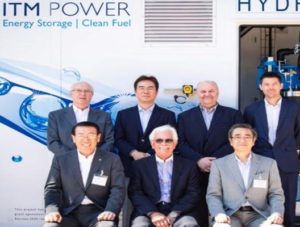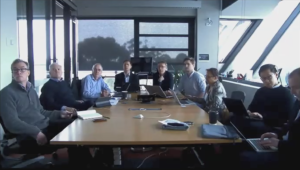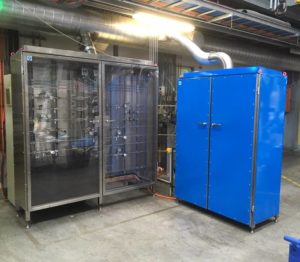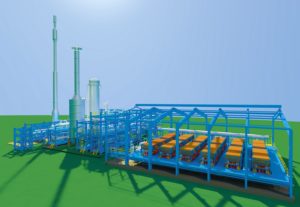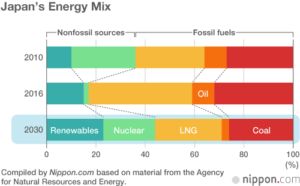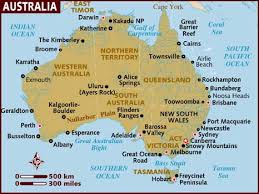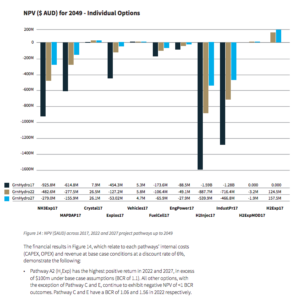ITM Power, Sumitomo Enter Strategic Partnership
ITM Power and Sumitomo Corporation have entered into a strategic partnership “for the development of multi-megawatt projects in Japan based exclusively on ITM Power’s electrolyser products.” The two companies will also look for collaborative opportunities outside Japan. In a July 9 press release, ITM refers to the two companies’ shared vision for “the use of hydrogen to decarbonise heat, transport and industrial processes” as the foundation for the arrangement.
